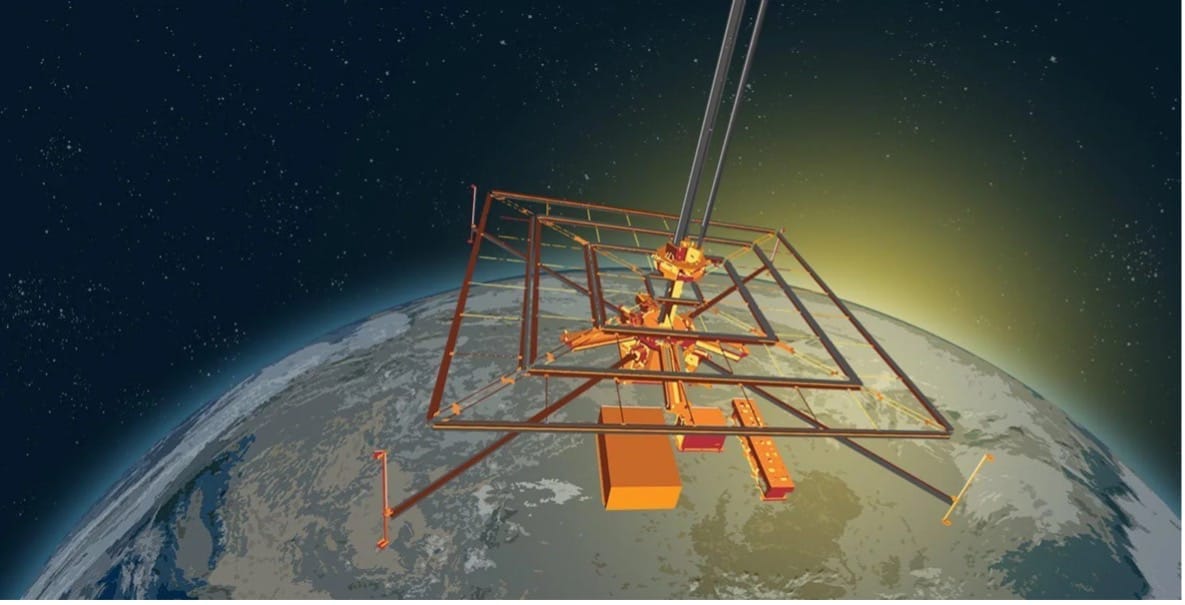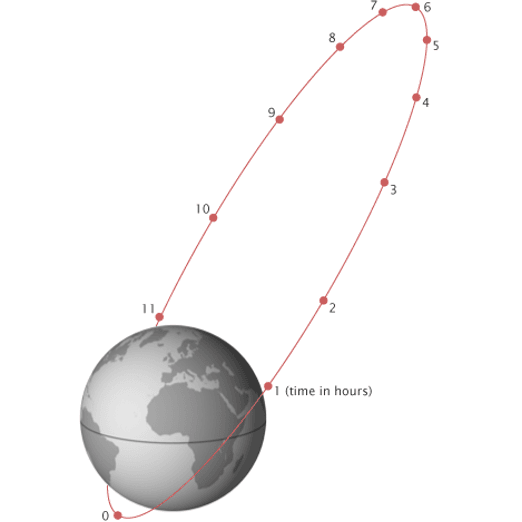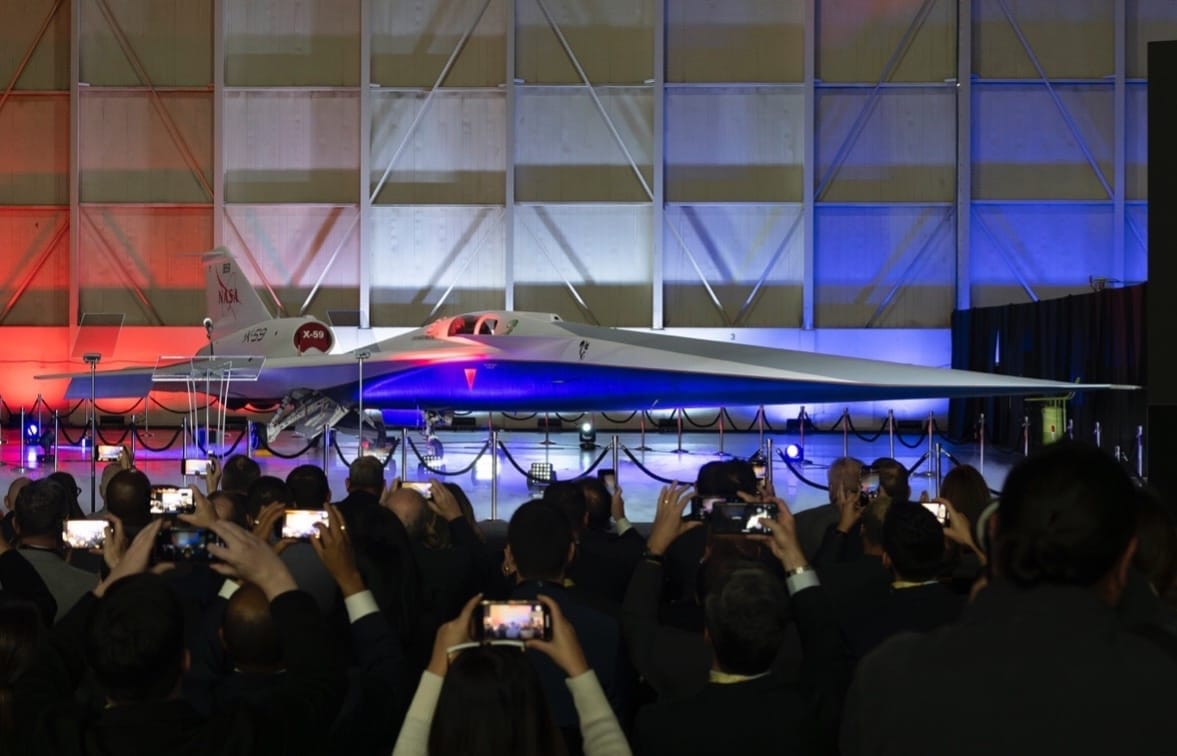
“What’s the purpose? Outer Limits is nice info, but there are no recommendations. What am I missing?”
Lindsey here. We’ve gotten a lot of notes likely like the one above.
Rest assured, you’re not missing anything.
If you’re “looking for more” from Jeff Brown — more action, more specifics — please continue to stay plugged into the Outer Limits on a weekly basis.
Right now, Jeff is only publishing Outer Limits, his free daily e-letter. While in many ways, Outer Limits contains some of Jeff’s most valuable insights and information, the most actionable investment ideas are in the works... and coming soon.
Please continue to stay plugged into the regular issues, and you’ll be the first to know once it’s ready.
In the meantime, please keep your eyes on your inbox for a special Saturday email — tomorrow at 9:00 a.m. EST.
Thank you for all the engagement in the inbox. We very much enjoy hearing from you and staying plugged into what’s on your minds.
And of course, thank you for being a loyal reader.
There really is so much to be excited about. Coming soon…
Lindsey
Hi Jeff, what is your take on space-based solar power? Cheers. — Brian C.
Hi Brain,
I’m glad that you asked this one. I keep an eye on this topic and any developments… but haven’t really written about it, because there hasn’t been anything concrete to write about. It’s a perfect subject for our weekly AMA.
I like addressing topics like this because it allows us to distinguish between an idea that is investable and big right now… versus an idea that maybe too early or is just getting a lot of attention for one reason or another.
In terms of the idea of space-based solar power, the oft-repeated refrain by proponents of this idea tends to be along the lines of this…
“There is enough sunlight striking the Earth every 90 minutes to power global energy consumption for an entire year.”
And it’s a true statement. But…
I have never seen anyone who makes a statement like the above also discuss the actual cost of building a system like this at utility scale — while considering the total environmental footprint of implementing something like this.
As we reviewed in yesterday’s Outer Limits — Has the Tide Turned on Nuclear Power? , when the total environmental footprint is considered for energy sources, it paints a very different picture than what the virtue signalers will tell us… with their unsurprising lack of detail.
For any of us that care about the environment and the health of Mother Earth, which I do, it’s critical that we understand the total environmental footprint — and the end-to-end lifecycle — of any given technology and energy source.
As for space-based solar power, it is a different category… as the physics is well understood, but no space-to-Earth sunlight collection and distribution system has ever been built.
But there has been a fairly recent and interesting test that I’ll share below.
First off, the idea is pretty simple. Launch a satellite into geostationary orbit with massive mirrors that collect and redirect sunlight to the middle of the satellite where the energy is collected. The satellite transforms the sunlight into a beam of microwave energy and sends that beam to Earth.
The geostationary orbit is critical, as the satellite needs to stay directly above a specific point on Earth in order to have a stable “link” to a ground station that will receive the microwave beam.
Geostationary orbits are around 22,236 miles (35,786 kilometers) of altitude. This is important to understand, because it changes the economics. For context, low earth orbit (LEO) is much closer, and cheaper, to access at only 1,200 miles (2,000 kilometers).
So, it’s possible, but there are a few challenges:
Those are big problems that — with enough money, time, space (on land), and materials — could be figured out, with the exception of the impact on wildlife.
Just recently, Caltech completed a yearlong mission for its Space Solar Power Demonstrator (SSPD-1). The goal was to test this exact concept and to demonstrate that it could be done at larger scale.

The SSPD-1 worked, but only kind of.
It was able to send a very small microwave beam back down to a receiver on Earth.
The Caltech team was able to detect the signal, demonstrating that a microwave beam can be sent from space to Earth. While the microwave beam wasn’t converted into electricity, had it been, it would have been a miniscule amount of power, perhaps enough to light a single LED.
Another approach to space-based solar power is a laser-based approach, which would be a lot cheaper than a microwave beam in geostationary orbit. Costs would likely be around $1 billion per laser-based solar satellite, but the problems would be even more challenging:
There is one very early stage company — Virtus Solis — that is taking a unique approach to this problem by employing an elliptical orbit (known as a Molniya orbit) which varies in altitude, but spends about two-thirds of the time over one hemisphere.

The idea is to create highly scalable arrays of satellite that collect sunlight and beam them down to Earth using microwaves. By having multiple arrays in multiple Molniya orbits, ground stations could receive energy around the clock. And the elliptical orbit makes servicing of arrays possible as compared to geostationary orbits.
Virtus Solis is currently planning on launching a test system in 2027 that will be designed to send 1 kilowatt of power back to Earth. Assuming they get funding and are successful with their tech development, they could have an operational system in place by 2030.
This is a great example of the newfound and evolving space economy currently underway, which has been entirely enabled by Elon Musk and his team at SpaceX.
A business like Virtus Solis wouldn’t have been economically possible without the SpaceX Starship. But with launch costs plummeting so quickly, once the Starship is in regular commercial operations, this is a business model that actually might work for certain applications. For example, to produce clean energy in a remote location for the purpose of producing clean hydrogen fuels.
Again, an idea I’m always tracking and paying close attention to… and we’ll be ready to strike at the first investable opportunity.
Jeff, thank you for your great coverage of technology. Today, I’m going to quibble over your point regarding supersonic aircraft, that the “…only way we’ll see it… comes down to costs.” A second factor, which does impact economics, hence a quibble, is the boom on the surface during supersonic flights. The Concorde was limited to sub-sonic speeds over populated areas, essentially when over land. And presumably, Boom’s aircraft will also be effectively limited to supersonic speed over oceans. The time-saving examples provided are mostly crossing oceans. There won’t be similar reductions in time, for example, between Asia and Europe destinations, because much of the route will be limited to sub-sonic. Same for LA to NYC. Similar to the Concorde, except almost all flights to originate from airports near a coast with routes to destinations that are mostly over water. Very much enjoy your newsletter. Thanks to Republic around last Thanksgiving for letting me know you are writing again. — Mike
Hi Mike,
Thanks for writing in with your quibble. It gave me a laugh, as I always think about Tribbles from Star Trek when I hear that word.

And yes, you’re correct, at least in the near future any supersonic flights will need to be over water. Most people don’t realize this, but a supersonic jet is continuously making shock waves as it flies. The jet’s sonic boom is “dropped” along its flight path, no matter where it goes.
That’s why the Concorde was not permitted to fly over land. Boom’s Overture will have the same restrictions, so we’ll see all commercial supersonic flights over major bodies of water until this problem is solved.
Which brings us to whether or not it can be solved…
There is an interesting project right now at NASA called Quesst. Specifically, it’s the X-59 QueSST (Quiet SuperSonic Technology). And the X-59 was just unveiled this January.

Just as the name suggests, the aim of the Quesst project is to demonstrate technology that can reduce the noise associated with sonic booms. It’s impossible to get rid of the sound entirely, but maybe, just maybe, it can be reduced enough to be tolerable to fly over land.
This is being done by measuring PLdBs. This stands for perceived level of decibels. Basically, it is a representation of the level of the sonic boom noise of those of us on the ground.
The Concorde was around 103 PLdBs, which would sound like nearby thunder. That was too loud. The goal of the X-59 is to demonstrate 75 PLdBs, which would sound like distant thunder. Decibels are measured on a logarithmic scale, so 75 PLdBs represents about 1/8th the noise of a Concorde.
So if the X-59 tests are successful, and if that same technology can be applied to a commercial supersonic jet like the Overture, then there is a path towards overland supersonic flights.
Which would change the air transportation industry completely…
Boom!
P.S. For anyone wanting to learn more about this subject, NASA published an e-book, Quieting the Boom, that highlights the history of sonic boom research and quest to quiet the boom.
Thanks for a great week, and remember to stay tuned for a special weekend edition of Outer Limits, coming out tomorrow (Saturday) at 9:00 AM EST.
Meanwhile, if you have any questions, comments, or feedback, we always welcome them. We read every email and address the most common threads in the Friday AMA. Please write to us here.